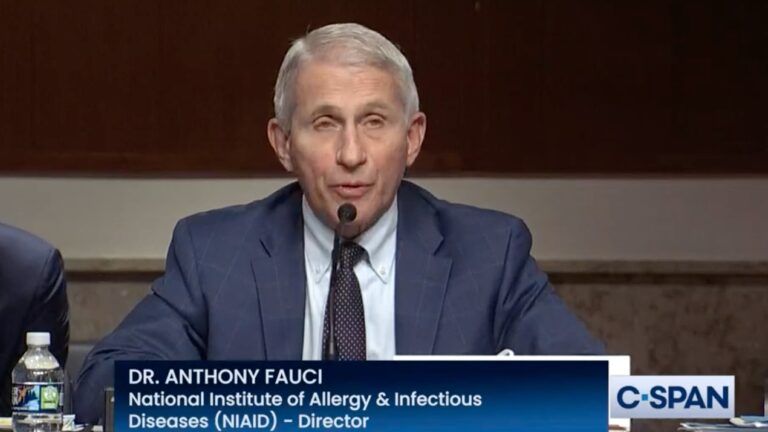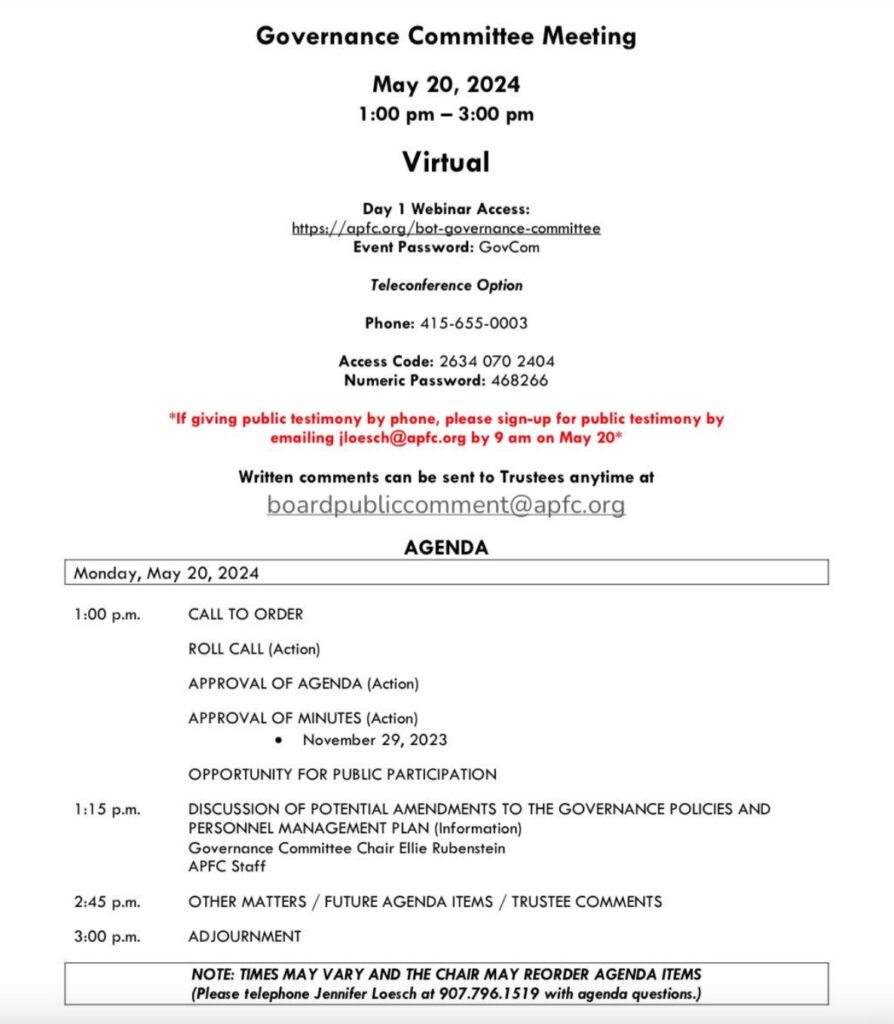By LAUREN DI SCIPIO and BRENDA JOSEPHSON
The honey bee is a subtle, ageless navigator from antiquity who continues to serve a vital role in our modern, twenty-first-century world.
Throughout the ages, people have revered and honored the honey bee. They are well-cultivated but remain mysterious in many ways. Despite all our modern advancements, bees remain the planet’s most diligent pollinators, working as part of a team in a complex, productive, hierarchical system.
This noble creature is known scientifically as Apis mellifera L., and there is hardly a culture on the planet that has not held them in high esteem—almost as if they are angels. Despite our wilderness with bears, black flies, and extreme temperatures, honey bees and Alaska’s lush banquet of glacier-fed flowers are a perfect match.
They are considered a direct link to the world beyond the veil, transforming flowers into powerful elixir honey. If they weren’t so busy, bees could seriously challenge domestic dogs for the title of “Man’s Best Friend.”
For Alaska’s beekeepers, caring for a hive is a big commitment. When you factor in short summers and long winters in the Arctic, the endeavor presents two paths: sacrificing the hive at the end of the season or preparing the hive for winter and revival in the spring, both acceptable practices.
Learning the innovative techniques developed by similarly determined beekeepers can aid those who wish to overwinter their hives. Like a nesting doll revealing secrets, the ancient art of beekeeping will keep even the most experienced enthralled.
What started out as a hobby in 2020 soon became a passion for Sara Faulkner, based in Homer. “Our bees soon became part of the family. I am emotionally invested in their well-being, look forward to spending time with them, and strive to learn everything I can. Sometimes, I just go out and sit with them, a meditation.”
She credits many in the local bee community for expert mentorship and guidance. “It’s such an incredibly supportive community. I have learned so much from my fellow beekeepers. I could not do it without them.”
Faulkner uses the word ‘passion’ to describe her devotion to bees. “It’s not the kind of thing you can do without being enthusiastic, humble, calm, and aware. And I’m aware of more than just the hive; I’ve learned more about flowers. I pay more attention to the weather and can taste the subtleties in our honey.”
When mites became an issue, Canada forbade the importation of bees, so for those beekeepers, overwintering their hives became standard practice. The bee community is especially supportive and willing to share knowledge. One cannot be angry, rushed, or aggressive with bees; a steady demeanor is essential to help avoid the potential consequences of interacting with a hive. This gentle spirit trait is evident in all but the most commercial ventures, which simply view bees as livestock and sources of profit.
In April, Fortune Business Insights published a study projecting 74% growth in the global honey market over the next decade. The industry expects revenue to rise from $8.94 billion in 2023 to a projected revenue of $15.59 billion in 2032. The primary drivers for the increase in demand are consumer preferences for natural sweeteners and support for organic agriculture.
Bees are relentlessly productive and unmatched as team players. On average, per hive, it takes the nectar of about 10 million flowers, 10,000 hours of flying time, and 38,000 miles of travel for every liter of honey. The statistics from the Canadian Honey Council states, “Honey bees will tap about two million flowers and fly 50,000 miles (80,000 km) to make one pound (454 g) of honey.”
Since the early 2000s, Etienne Tardif has been raising honey bees in the Yukon, where the weather is similar to Fairbanks. He has developed successful methods for over-wintering bees that thrive in Arctic winters, allowing for even more hearty hives. His mission has yielded a wealth of knowledge that he shares regularly with fellow keepers.
Tardif is an engineer with a data-driven mindset that uses technology, sensors, and constant observation. This approach arms him with a comprehensive vision of the hive’s status enabling strategic refinement.
His poly hive walls are insulated without top ventilation and protected bottom access. Warm air inside versus cold air outside promotes natural convection and optimal metabolic rates. The ratio of number of bees to the volume of space is key and he uses vapor barrier tape to promote clustering in the center of the hive, creating heat. Too few bees in a large volume hive often results in winter failure. Clustering hives together, and supplemental pollen in early fall enable the bees to conserve energy, therefore honey, through the winter, retarding aging.
His strategic feeding regime, harvest timing, and winter preparation give his bees an edge.
The Alaska Bee Initiative was created to encourage overwintering in Zone 4b. Their mission states, “Dedicated to the development of sustainable northern beekeeping. The goal of the Alaska Bee Initiative is to develop a productive population of bees that can respond sustainably to local environmental conditions; that is, to develop a population of bees capable of sustaining health and vigor with limited beekeeper intervention yearlong in Alaska.”
Needing to sacrifice a hive and start fresh in the spring, many Alaskan beekeepers miss out on a queen’s most productive life cycles.
The US Department of Agriculture provides a series of programs to support Alaskan-based apiculture, including rainfall index-based insurance, loans, grants, whole-farm revenue protection, and micro-farm programs.
For those seeking new packages of bees in the spring or any needed apiculture supplies, Alaska Wildflower Honey is a well-established, trusted resource based in Big Lake who focus on educating locals. Orders placed in late January arrive in April.
Bees promote healthy agriculture communities, which benefit everyone. Farmers and gardeners experienced more robust crops when there is an abundance of bees to pollinate their fruits and vegetables.
Over a century ago, Charles Anway, a homesteader in Haines, became one of the area’s first beekeepers because he understood the value of employing honey bees on his farm. One of his accomplishments was the development of the Anway Strawberry, which was so highly acclaimed that it won an award during the 1909 Alaska-Yukon-Pacific Exposition in Seattle.
Anway’s agrarian efforts also included planting an apple orchard that struggled to produce marketable crops at first. He resolved the issue by introducing honey bees to his farm to pollinate the apple trees. Soon his orchard was a highly productive, marketable crop. According to Cynthia Jones, a board member of the Chilkat Valley Historical Society,“Charlie Anway enjoyed successful crops pollinated by honey bees, then harvested a supply of honey every fall.”
The pollinators also support many types of native flowers and vegetation, including fireweed and wild roses. These amazing creatures enhance our quality of life in Alaska and help provide healthy food like no other.
Orange & Honey Gluten Free Cake
Ingredients:
2 Small Oranges
4 Large Eggs
¾ Cup of Honey
2 Cups of Blanched Almond Flour
½ Teaspoon Sea Salt
1 Teaspoon Baking Soda
1 to 3 Ounces of Bittersweet Chocolate
Preparation :
1. Wash the oranges and boil them whole (peel and all) for 1 ½ hours or until soft.
2. Place whole oranges (peel and all) in the food processor and blend until smooth.
3. While still in the food processor, pulse in eggs, honey, almond flour, salt, and baking soda until combined and smooth.
4. Pour batter into a greased 9-inch springform pan.
5. Bake at 350° F for 35 to 45 minutes, until a toothpick in the center comes out clean.
6. Cool for 15 minutes in the pan. While still warm shave the bittersweet chocolate over the cake to sparsely sprinkle the top. Add more or less chocolate shavings to taste.
7. Cool in the pan for 2 hours.
8. Serve and enjoy with an optional scoop of vanilla ice cream.
Lauren di Scipio is an archaeologist, art director and wilderness guide who finally came to Alaska from the Great Basin of Nevada in 2015. She is currently baking an orange and honey cake.
Brenda Josephson is a Haines resident. She is an accounting and tax professional, a real estate agent, a professionally trained chef, and an advocate for good governance. She spends her time fishing, foraging, and savoring Alaska’s abundance of natural and wild foods with her family. She is a board member of Alaska Gold Communications, parent company to Must Read Alaska.










